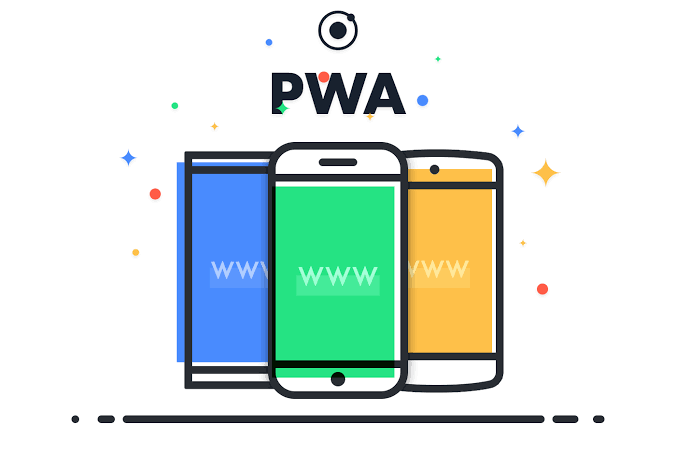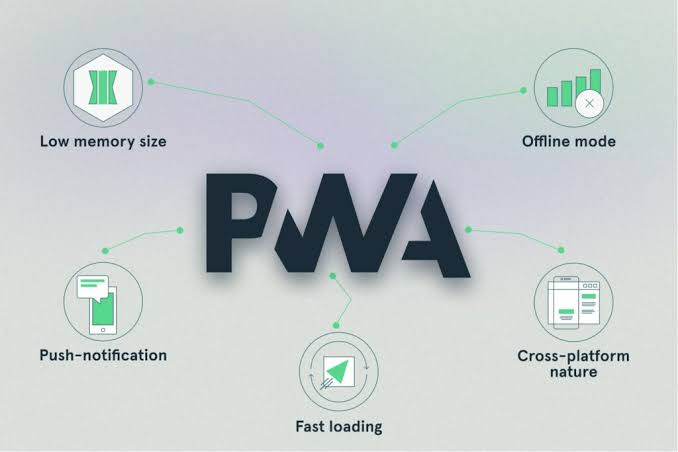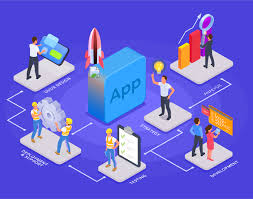In the rapidly evolving realm of web development, Progressive Web Apps (PWAs) have emerged as a transformative solution, delivering a seamless and engaging experience to users. Among the various features that make PWAs stand out, offline access and push notifications play a pivotal role. In this comprehensive guide, we will explore the intricacies of building PWAs, with a particular focus on implementing offline access and push notifications. These elements not only bridge the gap between traditional web and native apps but also open up new avenues for developers to create immersive and user-friendly web experiences.
Progressive Web Apps (PWAs)
Progressive Web Apps are a breed of web applications that leverage modern web technologies to offer an app-like experience. They are designed to work seamlessly on any platform with a standards-compliant browser, ensuring a consistent and reliable user experience across various devices. What sets PWAs apart is their ability to be installed on a user’s device, granting easy access from the home screen.
PWAs bring numerous advantages to the table, including offline functionality, push notifications, and the ability to stay current without the need for traditional app store updates. Examples like Twitter Lite and Flipkart Lite showcase the success of PWAs in enhancing user engagement and satisfaction.
Core Concepts of Offline Access in PWAs

Offline access is a critical component of PWAs, ensuring users can interact with the application even when an internet connection is unavailable. At the heart of this capability lies the Service Worker API, acting as a programmable proxy between the web application and the network.
javascript
// service-worker.js
self.addEventListener(‘install’, (event) => {
event.waitUntil(
caches.open(‘app-cache’).then((cache) => {
return cache.addAll([
‘/’,
‘/index.html’,
‘/styles.css’,
‘/script.js’,
‘/offline.html’,
// Add other assets to be cached
]);
})
);
});
self.addEventListener(‘fetch’, (event) => {
event.respondWith(
caches.match(event.request).then((response) => {
return response || fetch(event.request);
}).catch(() => {
return caches.match(‘/offline.html’);
})
);
});
This basic Service Worker script showcases the fundamentals of caching assets during installation and serving them when the application is offline. Tailor the list of assets based on your application’s needs.
Implementing Offline Access in PWAs
Implementing offline access in a PWA involves a systematic process. First, register the Service Worker in your main JavaScript file:
javascript
// main.js
if (‘serviceWorker’ in navigator) {
navigator.serviceWorker.register(‘/service-worker.js’)
.then((registration) => {
console.log(‘Service Worker registered with scope:’, registration.scope);
})
.catch((error) => {
console.error(‘Service Worker registration failed:’, error);
});
}
This code checks if the browser supports Service Workers and registers the script. Once registered, the Service Worker takes control of the application, intercepting network requests and serving cached assets when offline.
Leveraging Push Notifications in PWAs

Push notifications are a potent tool for re-engaging users and keeping them informed about updates or new content. To implement push notifications, the Push API and Notification API come into play.
javascript
// main.js
Notification.requestPermission().then((permission) => {
if (permission === ‘granted’) {
subscribeUserToPush();
}
});
function subscribeUserToPush() {
navigator.serviceWorker.ready.then((registration) => {
registration.pushManager.subscribe({
userVisibleOnly: true,
applicationServerKey: urlBase64ToUint8Array(‘your-public-key’)
}).then((subscription) => {
console.log(‘User is subscribed:’, subscription);
// Send the subscription details to your server for future use
}).catch((error) => {
console.error(‘Failed to subscribe the user:’, error);
});
});
}
function urlBase64ToUint8Array(base64String) {
const padding = ‘=’.repeat((4 – base64String.length % 4) % 4);
const base64 = (base64String + padding)
.replace(/\-/g, ‘+’)
.replace(/_/g, ‘/’);
const rawData = window.atob(base64);
const outputArray = new Uint8Array(rawData.length);
for (let i = 0; i < rawData.length; ++i) {
outputArray[i] = rawData.charCodeAt(i);
}
return outputArray;
}
This code requests notification permission from the user and subscribes them to push notifications. Replace ‘your-public-key’ with the actual public key generated for your application.
Integrating Push Notifications into PWAs
Integrating push notifications requires server-side components for sending notifications to subscribed users. Depending on your server stack, you’ll need to implement logic for sending push notifications. Here’s a simple example using Node.js with the web-push library:
javascript
// server.js
const webPush = require(‘web-push’);
const publicVapidKey = ‘your-public-key’;
const privateVapidKey = ‘your-private-key’;
webPush.setVapidDetails(
‘mailto:your-email@example.com’,
publicVapidKey,
privateVapidKey
);
app.post(‘/subscribe’, (req, res) => {
const subscription = req.body;
res.status(201).json({});
const payload = JSON.stringify({ title: ‘New Content Available!’ });
webPush.sendNotification(subscription, payload)
.catch((error) => {
console.error(‘Error sending notification:’, error);
});
});
This server-side code handles subscription requests from the client and sends push notifications to subscribed users.
Best Practices for Offline Access and Push Notifications in PWAs
Maintaining a seamless offline experience requires meticulous attention to detail. Ensure your Service Worker is optimized for performance by implementing efficient caching strategies. Consider dynamic caching for frequently updated content and handle fallbacks gracefully.
For push notifications, respect user preferences and only send relevant, timely notifications. Personalize notifications based on user behavior and preferences to enhance engagement.
Enhancing User Engagement with Progressive Web Apps

PWAs not only bring offline access and push notifications but also offer unique opportunities to enhance user engagement. Implement features like background sync to ensure data synchronization when the user is back online. Use web manifests to provide an app-like appearance and allow users to add the PWA to their home screen easily.
json
// manifest.json
{
“name”: “Your PWA Name”,
“short_name”: “PWA”,
“description”: “Your PWA description”,
“start_url”: “/”,
“display”: “standalone”,
“background_color”: “#ffffff”,
“theme_color”: “#000000”,
“icons”: [
{
“src”: “/icon.png”,
“sizes”: “192×192”,
“type”: “image/png”
}
]
}
This manifest file provides metadata about the application, including its name, icons, and theme colors. The “display” property set to “standalone” ensures a full-screen experience, reinforcing the app-like feel.
Exploring Future Trends in PWAs
As the web development landscape continues to evolve, PWAs are positioned at the forefront of technological advancements. Keep an eye on emerging trends such as WebAssembly (Wasm) and augmented reality (AR) integration within PWAs. These developments hold the potential to elevate the capabilities and user experiences provided by PWAs, pushing the boundaries of what is achievable on the web.
Conclusion
Building Progressive Web Apps with offline access, push notifications, and other engagement-enhancing features empowers developers to create web experiences that rival native applications. By understanding the core concepts of PWAs, implementing offline access, leveraging push notifications effectively, enhancing user engagement, and keeping an eye on future trends, developers can deliver a user-centric experience that thrives in both online and offline environments. As the web development landscape continues to evolve, embracing PWAs is a strategic move towards a more engaging and responsive future. With these tools in hand, developers can shape the next generation of web applications, setting new standards for user satisfaction and accessibility.






Add comment